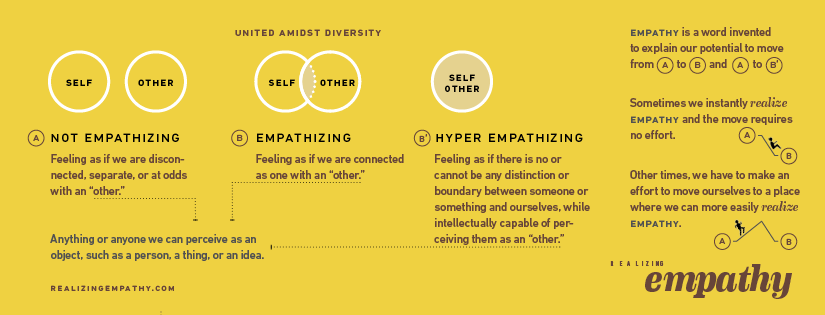Plans
rarely go
as planned.
In fact,
they often fall
apart.
Perhaps this
is why Hannibal often said
“I love it,
when a plan
comes
together.”
As if to denote
that a plan
has to fall apart
first
before it can come together
to create
a new plan
that actually goes
as planned.
p.s: Much gratitude goes out to Pinky Parsons for inspiring this post.
